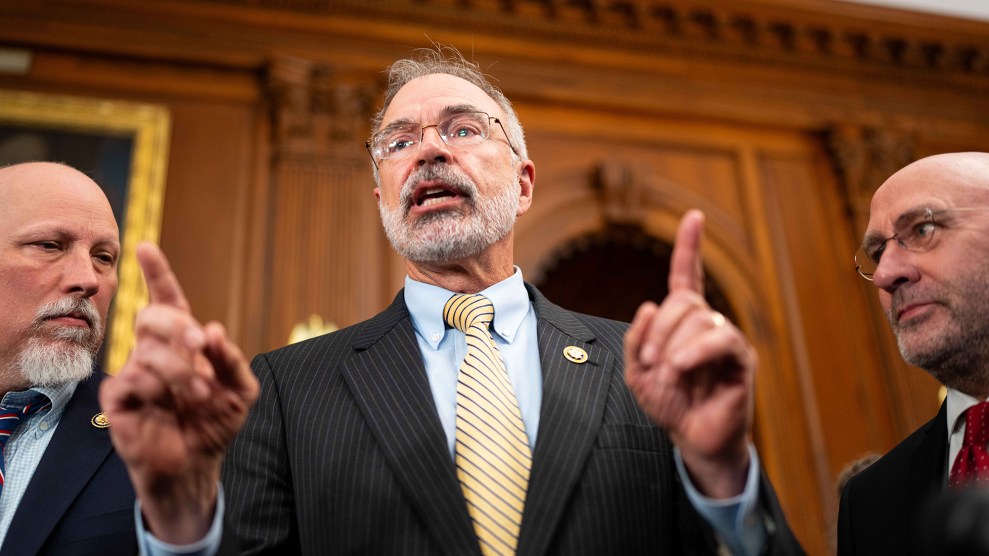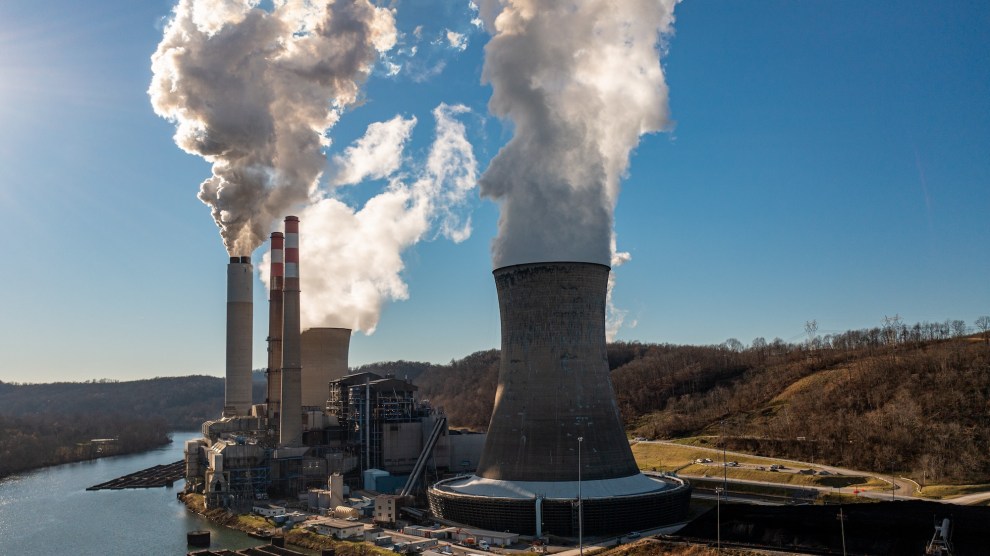Installing solar panels on your roof is like paying for 20 years of juice up front. There’s no guarantee you’ll recoup that money when you sell, and American families move every seven years on average. While it may be exhilarating to watch the utility meter spin backward, these basic facts make solar impractical for the masses. “People are willing to pay a premium to not be tied down,” notes Cisco DeVries of Berkeley, California, who until recently served as the mayor’s chief of staff.
But last year, DeVries hit upon a brilliantly simple idea. What if, he asked, the city financed residents’ solar rooftops, then levied a 20-year tax assessment on their properties to pay for it? The debt would follow the home, not the owner, and in one fell swoop, the two greatest impediments to home solar would be history.
His bosses ate it up, and Berkeley plans to roll out its new program this summer. City officials will float low-interest municipal bonds to cover the initial costs, and DeVries figures a solar setup factoring in rebates and tax deductions (which can be looked up at dsireusa.org) will cost a single-family household at least $65 a month. Once the system is paid for, the homeowner enjoys free electricity.
DeVries’ phone has lately been ringing off the hook as dozens of municipalities look to follow Berkeley’s lead. In Santa Fe, installation costs would show up on monthly utility bills, and Milwaukee, whose private utility already buys customers’ excess solar electricity at above-market rates, is mulling over its own financing program. Ditto San Francisco, which is aiming for 10,000 new solar roofs by 2012. “We’ve got very ambitious targets,” says Johanna Partin, the city’s renewable-energy guru. There’s even a ray of hope for less-ambitious locales. A dearth of materials, namely silicon wafers, photovoltaic cells, and the modules that hold PV cells, has kept prices up, but a manufacturing spree by China promises to remedy that. “China is in a ramp-up phase that is very, very aggressive,” says Travis Bradford, president and founder of the Prometheus Institute for Sustainable Development. He notes that China and Taiwan have already tripled production in each of the last two years. By 2010, the institute predicts, PV modules will be about half what they cost in 2007. That, by Bradford’s math, should knock at least 25 percent off the installation price. Bright forecast, indeed.
















